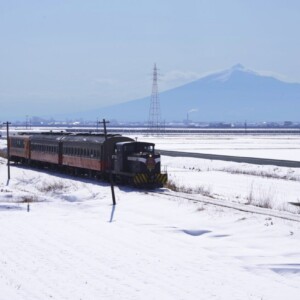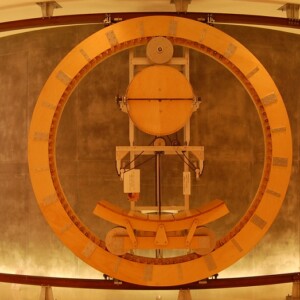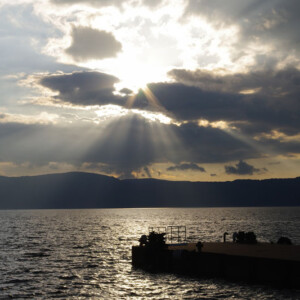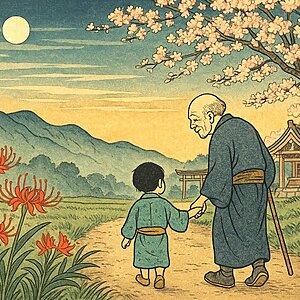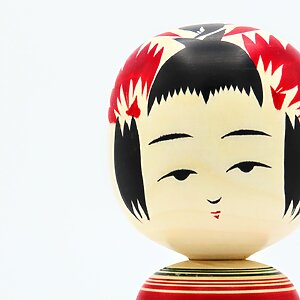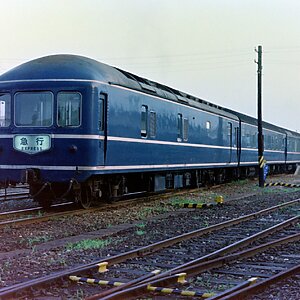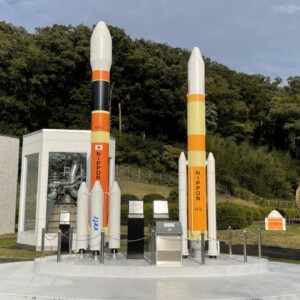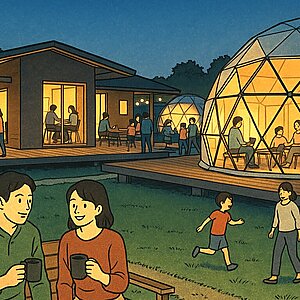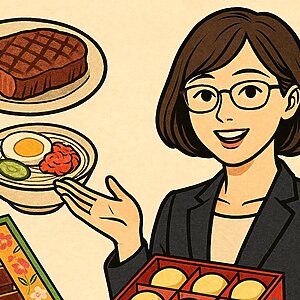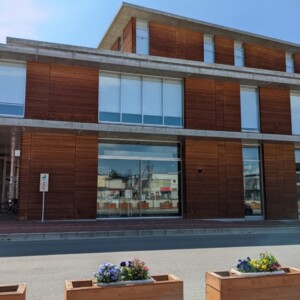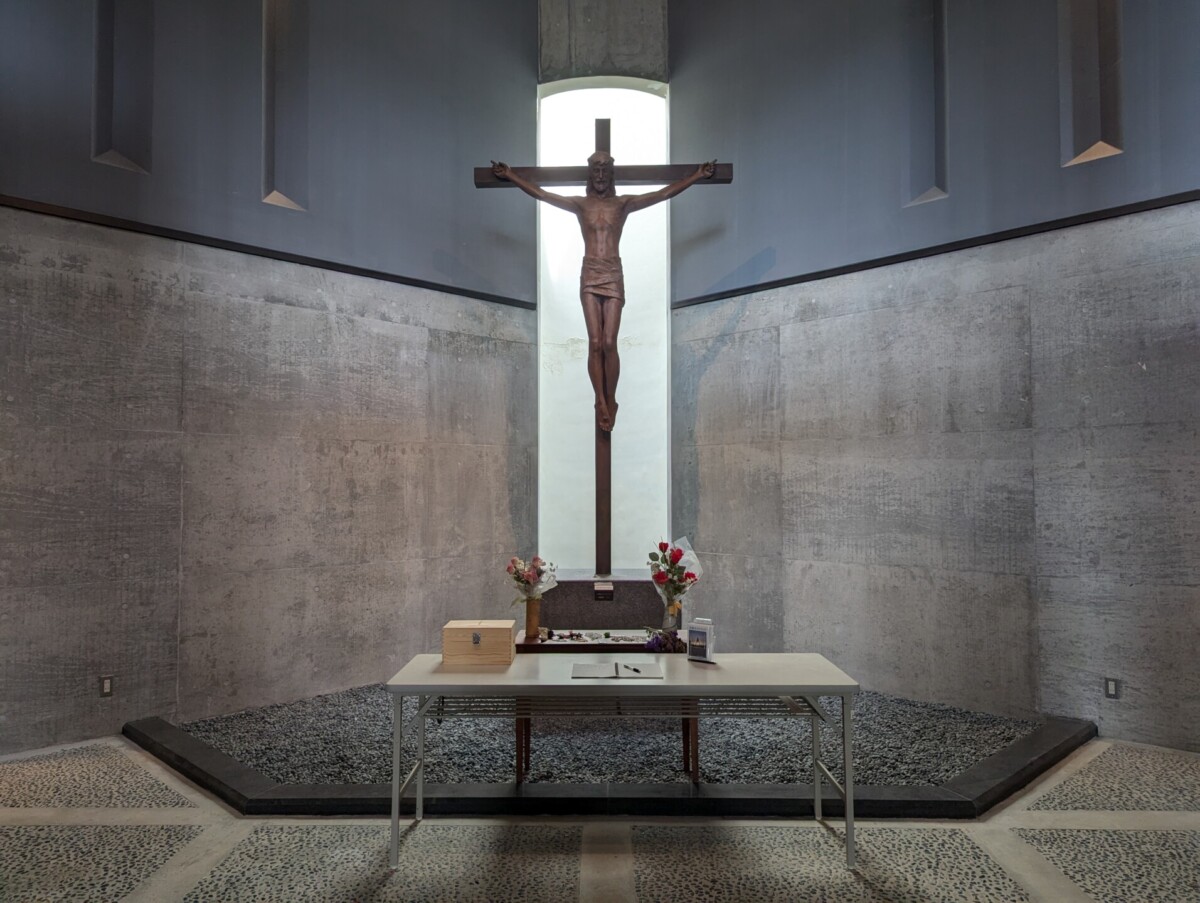
[Christianity spreading in Tohoku: Part 2] Southern Iwate Prefecture, became the village of hidden Christians [Historical Site in Fujisawa, Ichinoseki City]
table of contents
- 1 Christian Historical Sites in the Fujisawa Okago Area of Ichinoseki City, Southern Iwate Prefecture
- 1.1 Okago Christian Martyrdom Park
- 1.2 Okago Catholic Church
- 1.3 Matsuribata Execution Grounds
- 1.4 Ueno Execution Grounds
- 1.5 Jizo Crossroads
- 1.6 Neck Experiment Stone
- 1.7 Hodoko's Head Tomb
- 1.8 Tokizozawa Execution Grounds
- 1.9 Haseba Head Tomb
- 1.10 Uenosodekubizuka (Uenosodekubizuka)
- 1.11 Daitenba (table turning station)
- 1.12 The grave of Daihachiro Senmatsu
- 1.13 Chotokuji Temple Monument to Commemorate the Martyrs
- 2 summary
- 3 Christianity is spreading in Tohoku, a hidden Christian village
[Miyagi Prefecture Kita / Iwate Prefecture Southern District] Christianity spread in Tohoku (Part 1) In the southern part of the Miyagi prefecture, the hidden Christian village
- Christianity spread in Japan
- Christianity spreads to Tohoku
This article is divided into two parts, and covers the period up to the full-scale ban on Christianity in the Tohoku region. In this second part, I will actually visit the area in what is now southern Iwate Prefecture and show you how it remains a martyrdom site today, along with photos of the area
Please note that there are a large number of places considered to be martyrdom sites and places related to hidden Christians, so the explanation will be a simple one. If you are interested, we strongly recommend that you check the article and actually visit.
Christian Historical Sites in the Fujisawa Okago Area of Ichinoseki City, Southern Iwate Prefecture
Okago Christian Martyrdom Park
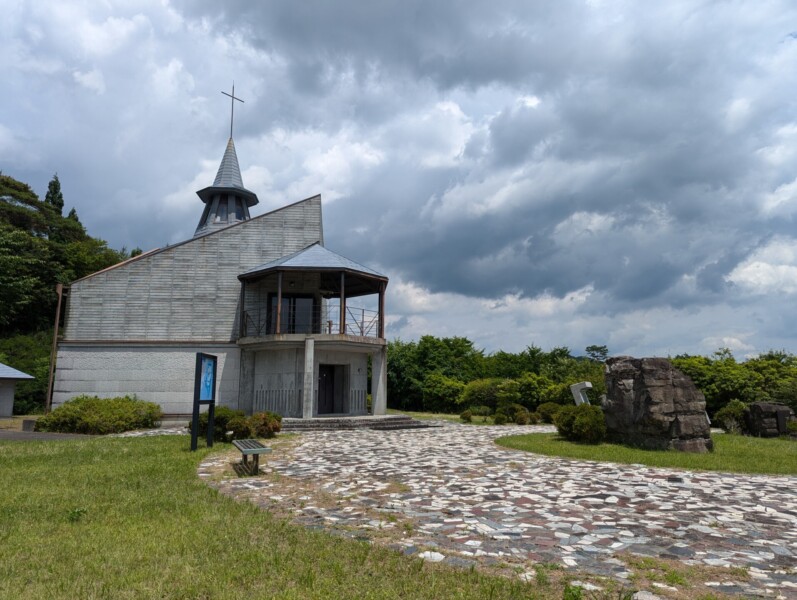
The Okago area of Fujisawa-cho, Ichinoseki City, Iwate Prefecture, is currently part of the Sendai domain during the Edo period, and "The Spread of Christianity in Tohoku [Part 1] The Area from Northern Miyagi Prefecture to Southern Iwate Prefecture Became Home to Hidden Christians ," this area was subject to severe persecution of Christians for a long period of time.
It is said that there were over 300 martyrs in the Okago area alone
The Okago Christian Martyrs Park was established to preserve the noble history of the Okago ancestors who refused to succumb to any persecution and maintained the path of their faith, and to pass on to future generations the history of the Okago Christian missionary work and martyrdom. The Okago Christian Museum opened in April 1994 as a martyrdom park, and the Okago Martyrs Memorial Cross Hall opened the following April
The vast grounds are adjacent to the Ogoro Local Culture Preservation and Training Center, as well as the History Garden, the Ogoro Christian Museum, and, at the top of the 300-plus step History Hill, the Ogoro Martyrs Memorial Cross Hall
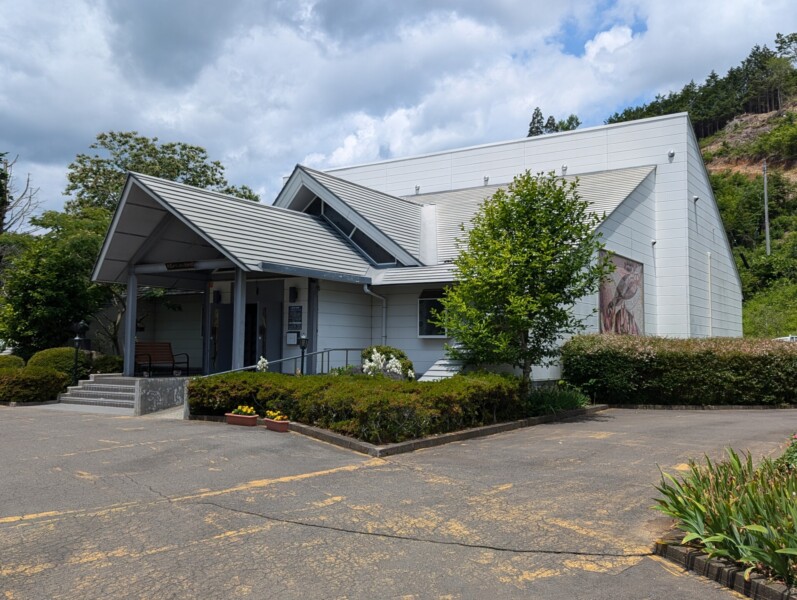
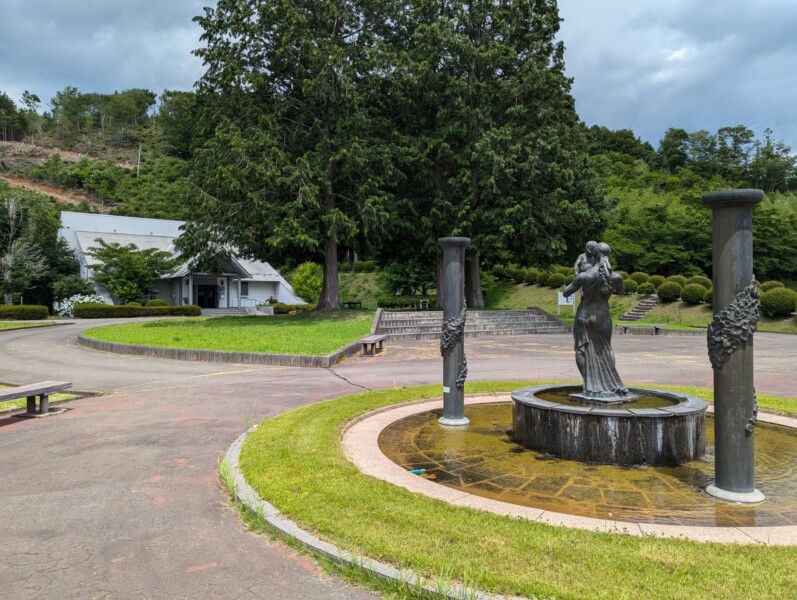
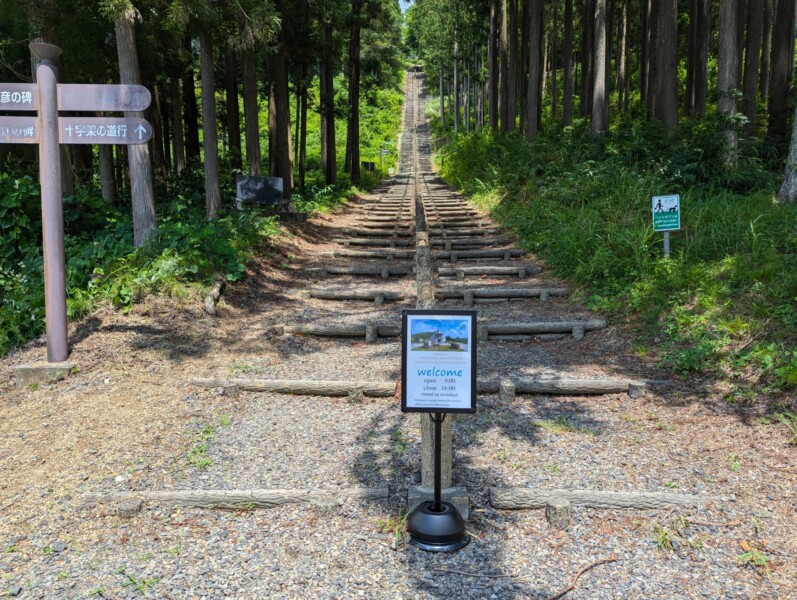
In addition to climbing the stairs of History Hill to the Okogo Martyrdom Memorial Cross Hall, there is also a detour called the "History Path." Stations 1 to 14 of the "Way of the Cross" are set along the path, allowing visitors to learn about the life of Jesus
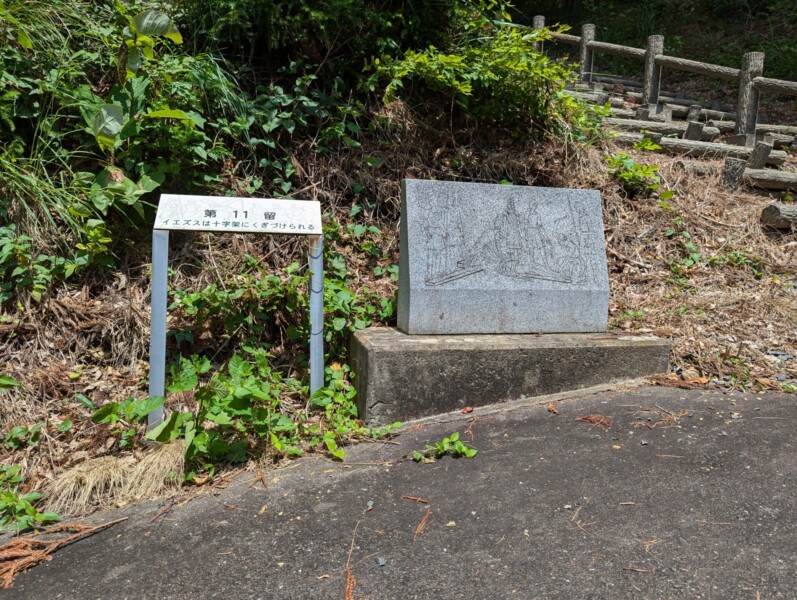
Once you reach the top of the hill, you will find the Okoro Martyr Memorial Cross Hall, and in front of the Cross Hall you will find the Papal Benediction of Pope John Paul II from the Vatican
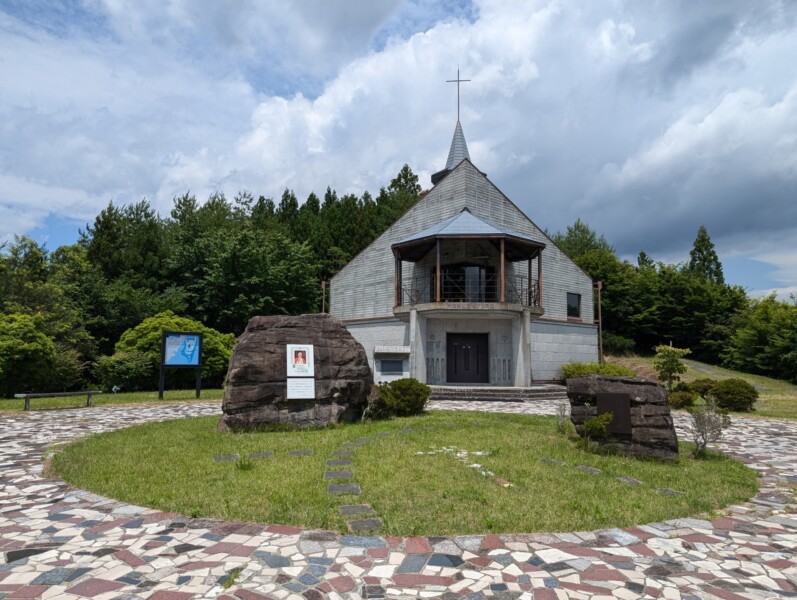
Papal Blessing of Pope John Paul II
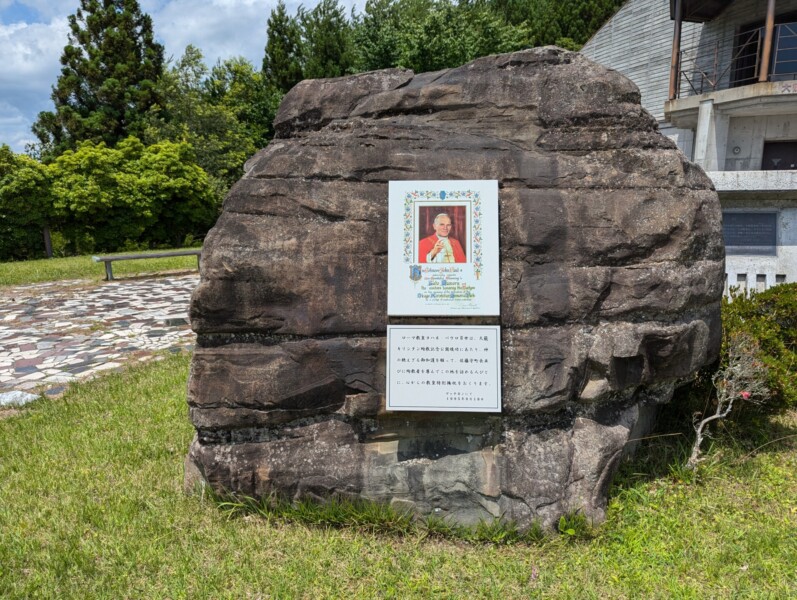
Wishing you God's continued protection, I extend my heartfelt special papal blessing to Mayor Sato Mamoru of Fujisawa and to all those who visit this place to honor the martyrs
At the Vatican, September 18, 1995
Also on display inside the Cruz Hall are three works by sculptor Yasutake Funakoshi , as well as a message to Okago.
Information
- Address: 28-7 Ogoro Umazawa, Fujisawa-cho, Ichinoseki City, Iwate Prefecture, 029-3522
- Phone number: 0191-62-2255
- Opening hours: 9:00-16:00
- Closed: Mondays
- Admission fee (Okogo Christian Museum, Okogo Martyrdom Memorial Cross Hall)
- Adults: 300 yen High school and university students: 200 yen Junior high school students and younger: Free
Google Map
Okago Catholic Church
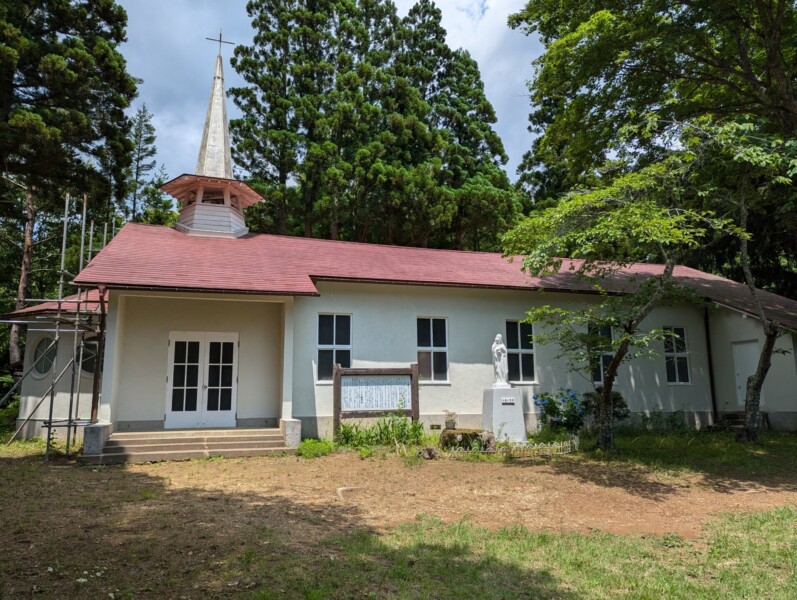
The Catholic Okago Church was built in 1952 to commemorate the Okago martyrs by the Swiss Bethlehem Foreign Mission Society, which was entrusted with missionary work in Iwate Prefecture by Bishop Urakawa Wasaburo of the Sendai Diocese
On December 11th of the same year, the dedication ceremony was held by the Pope and Archbishop Furstenberg, the Vatican's Nuncio
Information
- Address: Ogoro, Fujisawa-cho, Ichinoseki City, Iwate Prefecture, 029-3522
Google Map
Matsuribata Execution Grounds
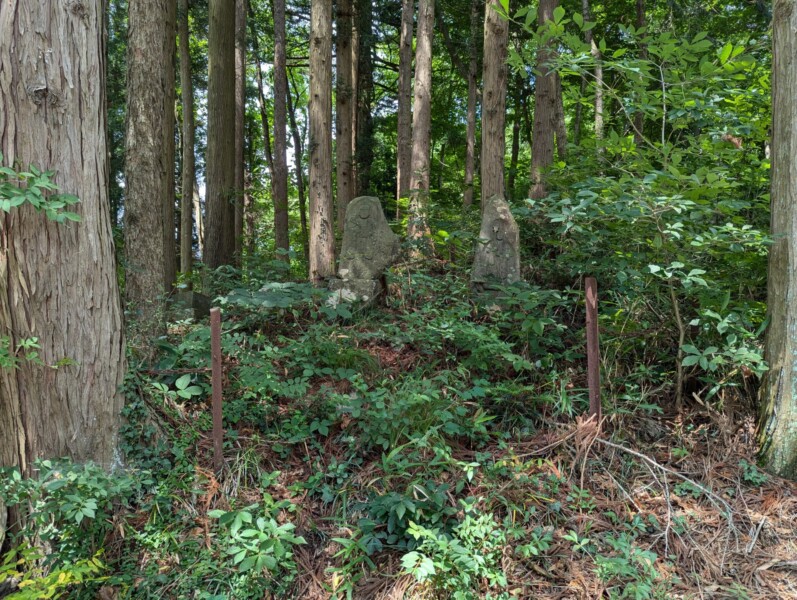
There are eight Jizo statues here, and it is said that this is the place where officials from the Sendai domain smoked out believers who had fled to a nearby cave during their execution, and when they came out, they mounted a gun on a pine branch in the grass about 40 meters away across the river and shot them
Information
- Address: Ogoro Sone, Fujisawa-cho, Ichinoseki City, Iwate Prefecture, 029-3522
Google Map
Ueno Execution Grounds
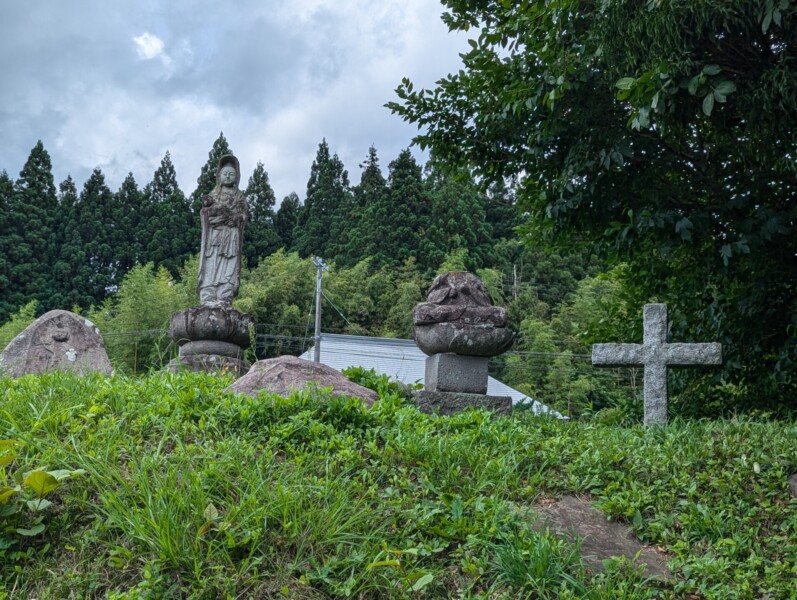
It is commonly known as "Oshanagi-sama (young tree god)" and it is speculated that even young children were enshrined here. In 1640, 94 believers were executed at this place
*Tokoroseibai – the act of punishing Christians
Information
- Address: Ogoro, Fujisawa-cho, Ichinoseki City, Iwate Prefecture, 029-3522
Google Map
Jizo Crossroads
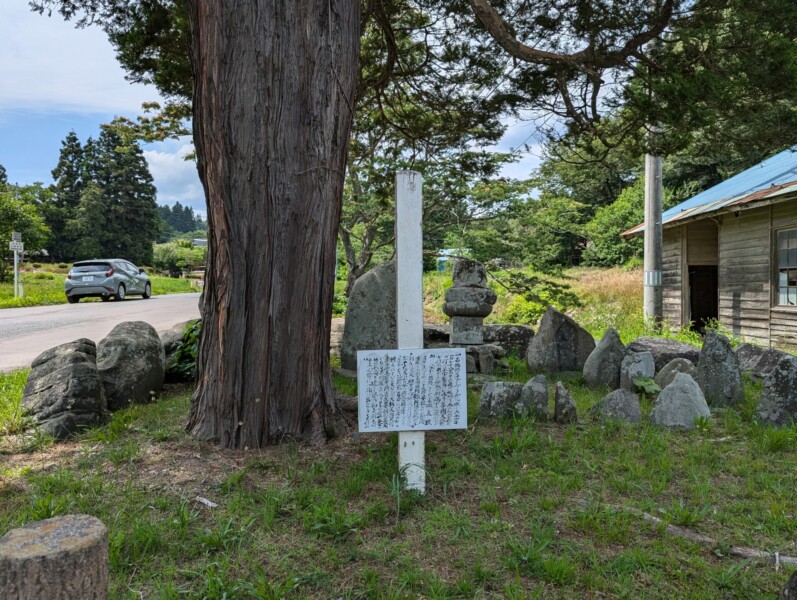
This place is also known as Mujou-no-Tsuji, and is the place where 178 believers were punished in 1633 and 1644 by beheading, crucifixion, and other punishments. It is said that the nearby Futamata River turned bright red with the fresh blood of the martyrs at the time. This intersection is said to have been built in the name of Buddhist ties to mourn the Bodhisattvas who were martyred
Information
- Address: Ogoro, Fujisawa-cho, Ichinoseki City, Iwate Prefecture, 029-3522
Google Map
Neck Experiment Stone
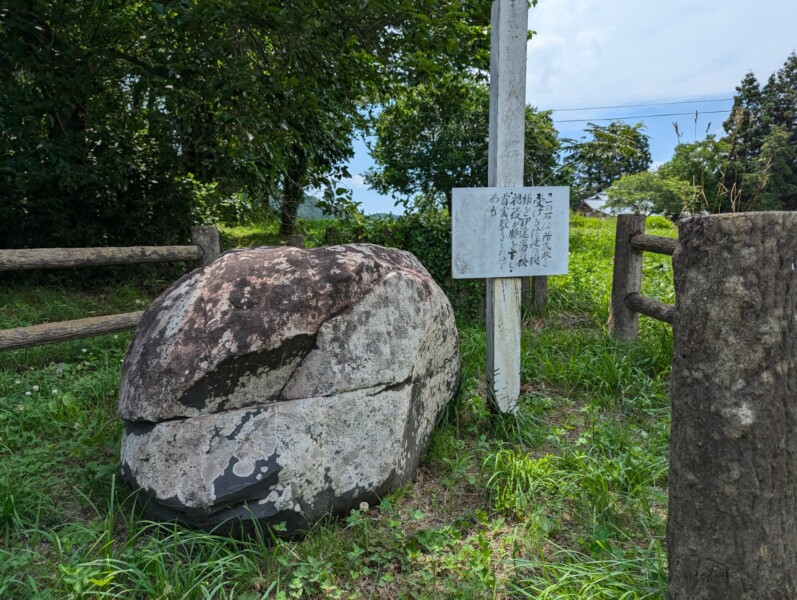
It is said that when Christians were executed, the coroner from the Date Domain would sit on this stone and watch the execution. The stone was previously located on the bank of the Sawanoizawa River but was moved to its current location
Information
- Address: Ogoro, Fujisawa-cho, Ichinoseki City, Iwate Prefecture, 029-3522
Google Map
Hodoko's Head Tomb
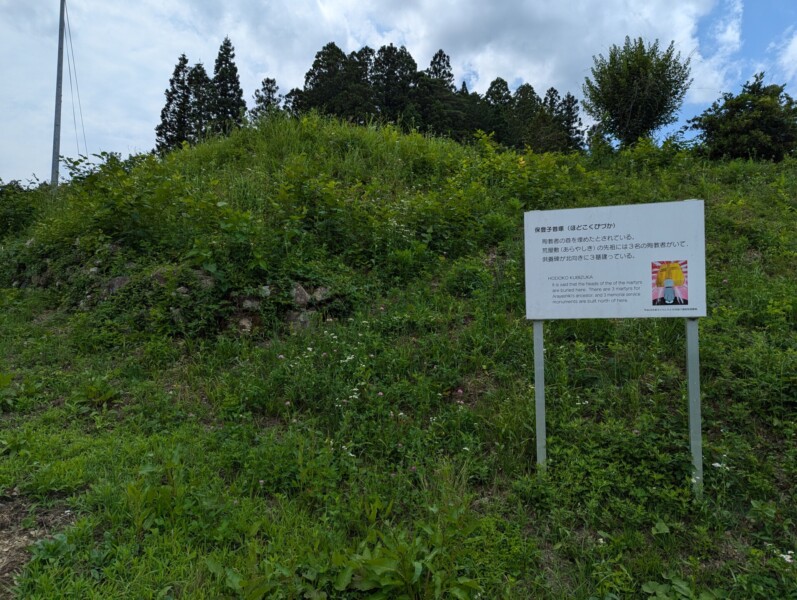
This is the place where the heads of martyrs in Kamiokago village are said to have been buried
Three ancestors of Arayashiki were buried here, and three memorial towers were erected in the pine forest on the hill to the west of Arayashiki, facing north, opposite to ordinary gravestones
Information
- Address: Ogoroyamashita, Fujisawa-cho, Ichinoseki City, Iwate Prefecture, 029-3522
Google Map
Tokizozawa Execution Grounds
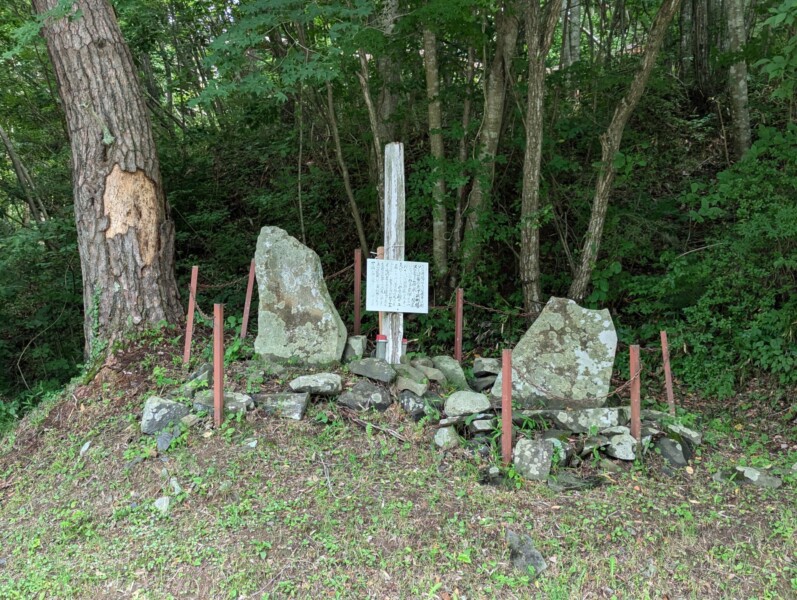
It is said that the name "Tokeibazawa" was corrupted to "Tokizozawa." Two stone monuments have been erected, and on these monuments are engraved "September 12th year of the Kansei era (Kansei 2)" and the names of the donor and 12 other executed people, including Nagamatsu. The heads of the martyrs executed here were carried to the Kashiba Kubizuka
There are also many stone monuments nearby, although their connection is unclear
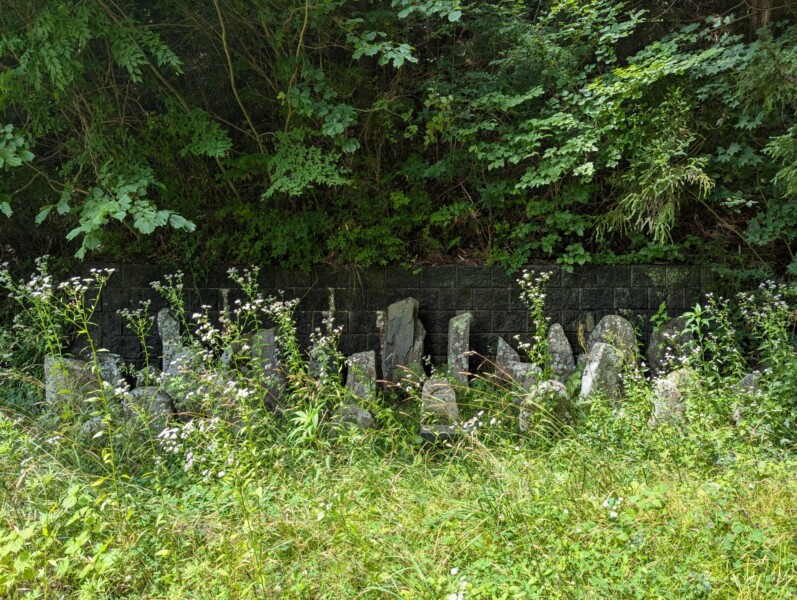
Information
- Address: Ogoro, Fujisawa-cho, Ichinoseki City, Iwate Prefecture, 029-3522
Google Map
Haseba Head Tomb
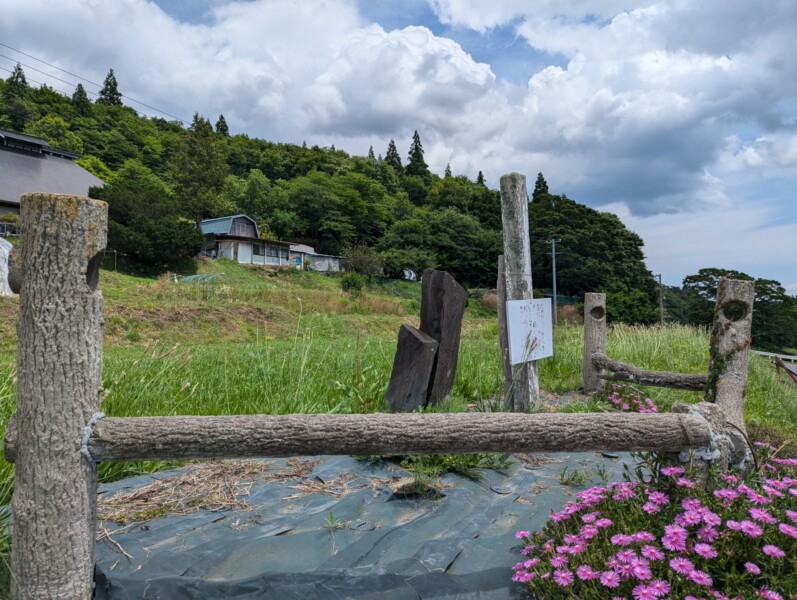
It is said that this is the place where the heads of martyrs executed at the aforementioned "Tokizozawa Execution Grounds" were hung and displayed, and then buried along with a written statement of the reasons for their execution. It is said that the reason why all of the execution sites mentioned in this article are located along the current Prefectural Route 295 (Fujisawa-Okago Line) was to set an example
Information
- Address: 9 Ogoro Takagane, Fujisawa-cho, Ichinoseki City, Iwate Prefecture, 029-3522
Google Map
Uenosodekubizuka (Uenosodekubizuka)

It is said that the family of a martyr executed at Jizo-no-Tsuji stole his head under cover of darkness, hid it in the sleeve of their kimono, and took it home, but on their way back to the village they buried it on this mountain path, crying
Information
- Address: Ogoro, Fujisawa-cho, Ichinoseki City, Iwate Prefecture, 029-3522
Google Map
Daitenba (table turning station)
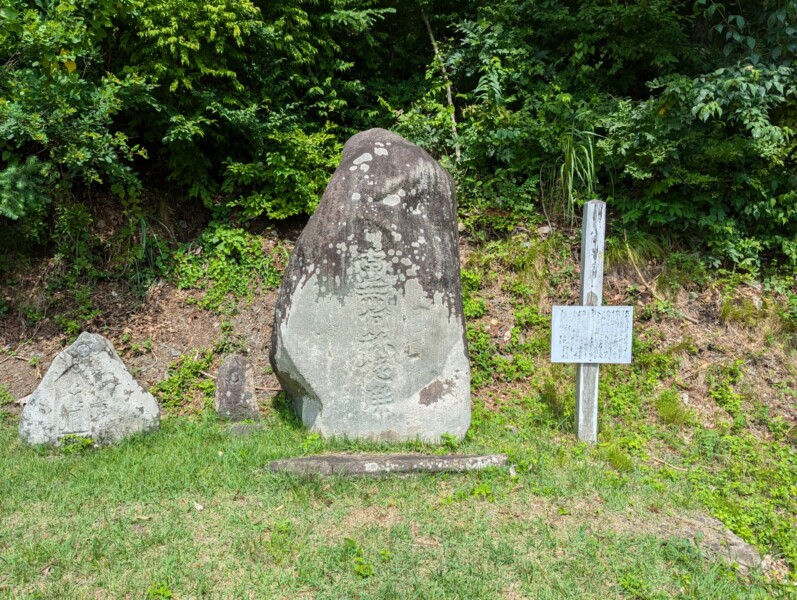
Daitenba, located in the center of Senmatsu village, is known as the place where Christians were recanted. It was a place where officials inspected everyone to see if they were believers or not, and it was a place where each passerby was forced to pass through a wooden gate surrounded by fences on both sides and subjected to the "fumie" (stepping on the picture)
Those who refused to step on the picture were mercilessly taken to Jizo-no-Tsuji and executed
Information
- Address: Ogoro Seimatsu, Fujisawa-cho, Ichinoseki City, Iwate Prefecture, 029-3522
Google Map
The grave of Daihachiro Senmatsu
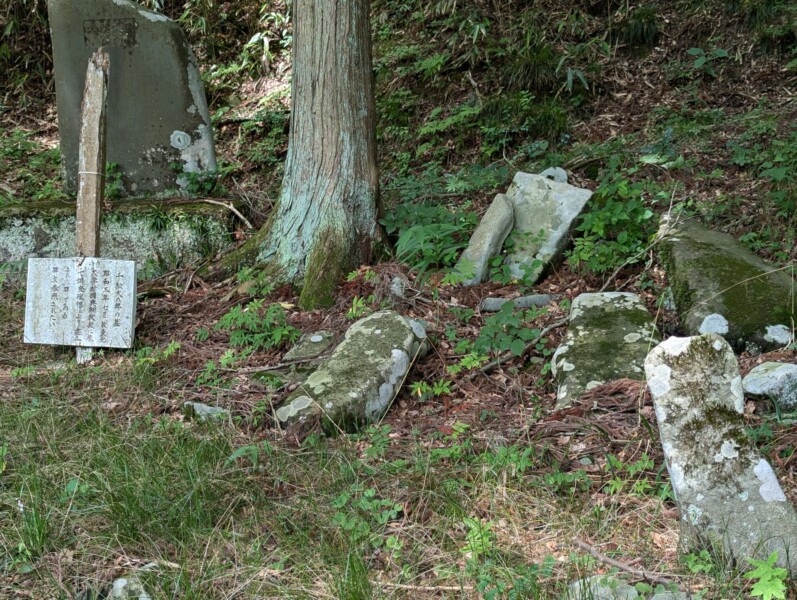
It is believed to be the grave of Daihachiro Senmatsu, who is said to have introduced iron-making technology and spread Christianity to this area. In 1928, an investigation by Professor Noritsugu Muraoka of Tohoku Imperial University revealed that it was Daihachiro's grave, and a mark representing the Trinity is inscribed on the top
Information
- Address: Ogoro Seimatsu, Fujisawa-cho, Ichinoseki City, Iwate Prefecture, 029-3522
Google Map
Chotokuji Temple Monument to Commemorate the Martyrs
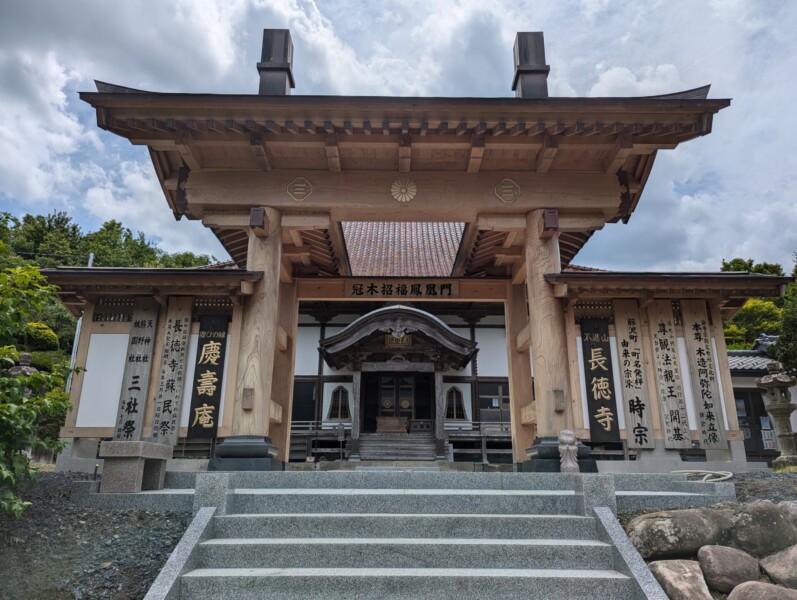
Chotokuji Temple in Fujisawa, Ichinoseki City, Iwate Prefecture was originally a temple within the territory of the Sendai domain, and is said to have sheltered and incorporated Christians who were hiding into its parishioners
Sect Registrar kept at the Yonekawa Catholic Church in Tome City, Miyagi Prefecture . It proves that the people listed on it were parishioners of Chotoku-ji Temple, and not Christians. Even if they were known to be Christians, they were listed as Buddhists, and their faith was left to their own devices. The "Sect Registrar," which is said to have been falsified in order to save lives, was written here at Chotoku-ji Temple.
In September 2022, the first joint Buddhist and Christian memorial service was held at Chotokuji Temple. A memorial monument shaped like a cross was erected within the temple, and sutras and Bible readings were recited at the memorial service on the day

Information
- Address: 18 Horowa Uwada, Fujisawa-cho, Ichinoseki City, Iwate Prefecture, 029-3521
Google Map
summary
The number of martyrs in the Okago area is said to be over 300. Whether that number is large or small is irrelevant, but the sadness and despair must have been enormous. I have visited many martyrdom sites in the area, but I am at a loss for words
The Date Domain was originally tolerant of Christianity, and is said to have been the last place in Japan where Christians were permitted. Furthermore, it is said that they even ran against Tokugawa Ieyasu, who was the absolute sovereign ruler at the time, demanding that "the missionary work of Christianity be permitted only in our territory."
However, this wish was not fulfilled, and they could no longer tolerate Christianity and were forced to follow the instructions of the shogunate
It is often said that history repeats itself. If you are interested in preventing the same thing from happening again, please visit the site






![[Christianity spreading in Tohoku: Part 2] Northern Miyagi Prefecture, the village of hidden Christians [Historical Christian Site in Higashiwa-cho, Tome City] PXL_20240704_014257300 (1)](https://jp.neft.asia/wp-content/uploads/2024/09/PXL_20240704_014257300-1-150x150.jpg)
![[Christianity spreading in Tohoku: Part 1] The Northern Miyagi Prefecture to Southern Iwate Prefecture, the village of hidden Christians. PXL_20240704_034148337](https://jp.neft.asia/wp-content/uploads/2024/09/PXL_20240704_034148337-150x150.jpg)
![[Iwate Prefecture] Soft-serve ice cream with sake, miso and wasabi flavor! Why are the soft serve ice cream eaten at roadside stations so delicious? There's also school lunches! Iwate Prefecture Catch](https://jp.neft.asia/wp-content/uploads/2025/06/915fd0ce722ab0f21e74864401170847-150x150.jpg)
![[Yamagata Prefecture] Let's go try the delicious, locally produced soft serve ice cream at Yamagata's roadside station! Yamagata Catch](https://jp.neft.asia/wp-content/uploads/2025/07/2c2e7024e6ed08990103582514a5844e-150x150.jpg)
![[Iwate Prefecture] A unique soft serve ice cream near Morioka City! Why are the soft serve ice cream eaten at roadside stations so delicious? Morioka 4](https://jp.neft.asia/wp-content/uploads/2025/05/189a4a932dca375175b5cc49cd9a6d53-150x150.jpg)
![[Akita Prefecture] Akita has more than just Babahera ice cream! 5 roadside station soft serve ice creams with a wide variety! Showa 7](https://jp.neft.asia/wp-content/uploads/2025/07/635663812d6465cd23ff69f727cb14a8-150x150.jpg)
![[Iwate Prefecture] Japanese-flavored soft serve ice cream from the southern part of the Sanriku coast! Why are the soft serve ice cream eaten at roadside stations so delicious? IMG_0050](https://jp.neft.asia/wp-content/uploads/2025/06/IMG_0050-150x150.jpg)
![[Akita Prefecture] Part 2 of Akita Roadside Station Soft Cream! 4 Popular Soft Creams in the Prefecture's Inland Rice-Growing Region! Akita 2 Catch](https://jp.neft.asia/wp-content/uploads/2025/08/bf9fa170ebe4e828628e72952707b851-1-150x150.jpg)
